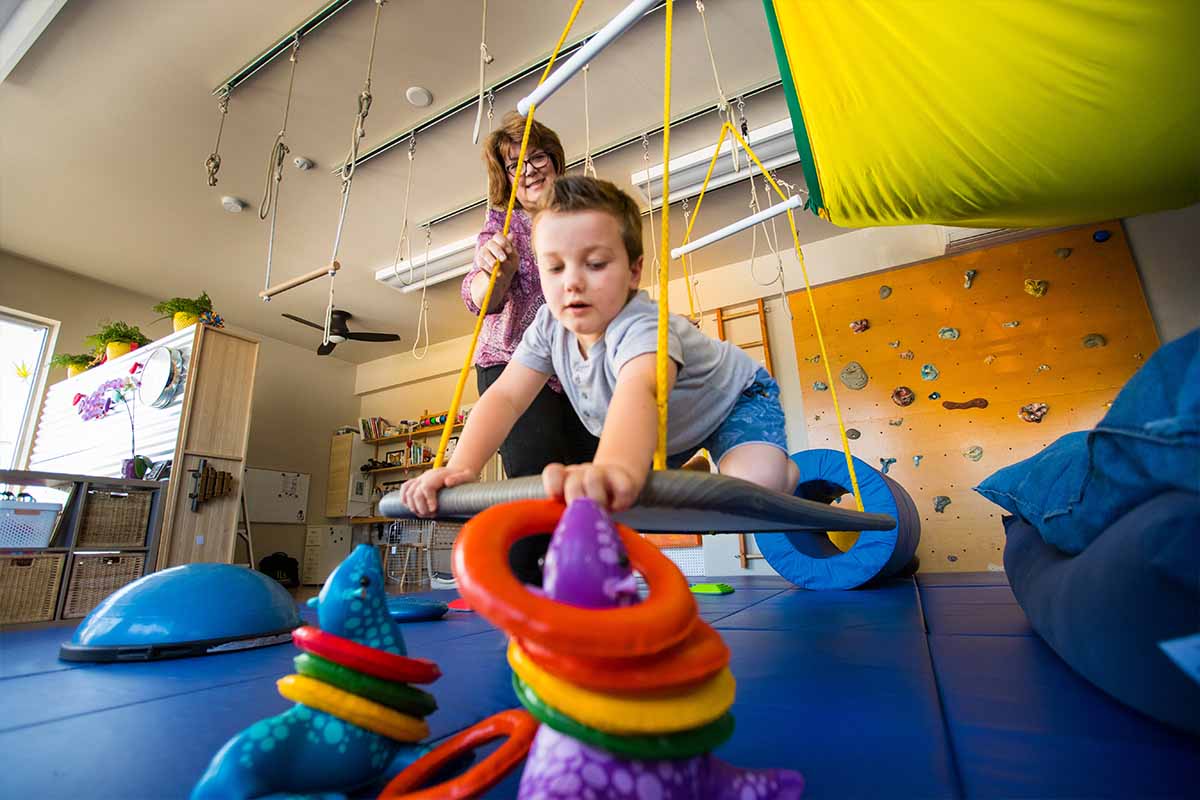 Fine motor skills are what allow us to use the small muscle groups in the hands, fingers, and wrists in a controlled way. Humans begin demonstrating these skills in infancy, when we learn to grasp our parents’ fingers and, later, toys. We continue developing them during the toddler to school-age years, which are such a critical time for physical and cognitive growth. And of course, we continue to refine them throughout our lives.
Fine motor skills are what allow us to use the small muscle groups in the hands, fingers, and wrists in a controlled way. Humans begin demonstrating these skills in infancy, when we learn to grasp our parents’ fingers and, later, toys. We continue developing them during the toddler to school-age years, which are such a critical time for physical and cognitive growth. And of course, we continue to refine them throughout our lives.
Cultivating fine motor control at a young age helps set people up for success personally, socially, and academically—so it’s important for parents to help children master them. In this post, discover the benefits of working on fine motor skills with kids—plus ways you can help your child improve their abilities using the printable activities below.
Benefits of Building Fine Motor Skills for Kids
Building fine motor skills helps children strengthen their muscles and coordination. Clinical practice can also help them develop independence as they learn to complete personal hygiene tasks, play musical instruments, use utensils, write, and draw. Below are just a few of the benefits of promoting fine motor development early on.
1. Helps children learn to use tools
Children need fine motor skills in order to use tools like writing implements or scissors, or to manipulate small items like buttons or zippers. As these skills develop, children will be able to do more fine motor tasks on their own, which will help their continued cognitive and physical growth.
2. Improves hand-eye coordination
In many cases, it takes visual input to effectively manipulate any small object with the hands. Without the ability to coordinate hand and eye movements, people would be unable to perform the simplest actions. To catch a ball, place objects, play games, and write, children must develop hand-eye coordination.
3. Helps children become more independent and confident
When children struggle with performing any fine motor activity, they can become frustrated and upset. But as they grow to better understand how their bodies work, and as their hands and finger muscles become stronger, they can complete more fine motor tasks on their own. Children who can grasp, hold, and pinch will soon be able to brush their own teeth and tie their own shoes. They also feel a confidence boost as their independence grows.
4. Promotes cognitive development
Improved fine motor control may be a pathway to increased academic performance in young children. Multiple studies have shown that the child’s fine motor skills are involved in the development of cognitive abilities. Researchers at the University of Nottingham School of Psychology in the UK found that fine motor skills were a significant predictor of mathematical abilities in preschool-aged students.
Printables to Help Build Fine Motor Skills
Including a fun fine motor activity in your child’s daily routine is a great way to help them improve their fine motor coordination. Printable activities can naturally engage children’s creativity and manual dexterity. Below are four summer-themed activities for preschoolers that involve coloring, cutting, tracing, and placing objects, intended to help your child work on their motor skills through play. Download and enjoy!
Sea Animals Coloring Printable


Ice Cream Cone Grid Drawing Printable


Beach Trip Line Tracing Printable


Rainbow Placement Printable




How to Improve Fine Motor Skills as an Adult
Adults who suffer neurological injuries from stroke or other causes may experience loss of or damage to fine motor skills. OTs work with adults to help them improve their fine motor coordination so they can regain the ability to perform activities of daily living (ADLs), such as dressing, bathing, brushing teeth, etc.
The following are some good fine motor activities for adults:
- Drawing
- Folding clothes or hanging them with a clothespin
- Squeezing Play-Doh, clay, or pastry dough
- Opening bottles and containers
- Using scissors
- Threading objects onto a string
- Sorting and stacking coins
Using fine motor skills is an important aspect of independent living. Occupational therapists can help people across the lifespan improve or master these skills by diagnosing the problem and developing an effective treatment plan.
The University of St. Augustine for Health Sciences (USAHS) offers hands-on Master of Occupational Therapy (MOT) and Doctor of Occupational Therapy (OTD) degrees. Practice with mock patients in our state-of-the-art simulation centers and learn anatomy with our high-tech tools. Prepare for clinical practice with patients across the lifespan, as well as advanced roles in research, practice leadership, and policymaking. Residential and Flex (online/weekend) paths are available. We also offer an online Post-Professional Doctor of Occupational Therapy (PPOTD) program designed for working clinicians and healthcare educators, with optional on-campus immersions and an annual interprofessional trip abroad.








